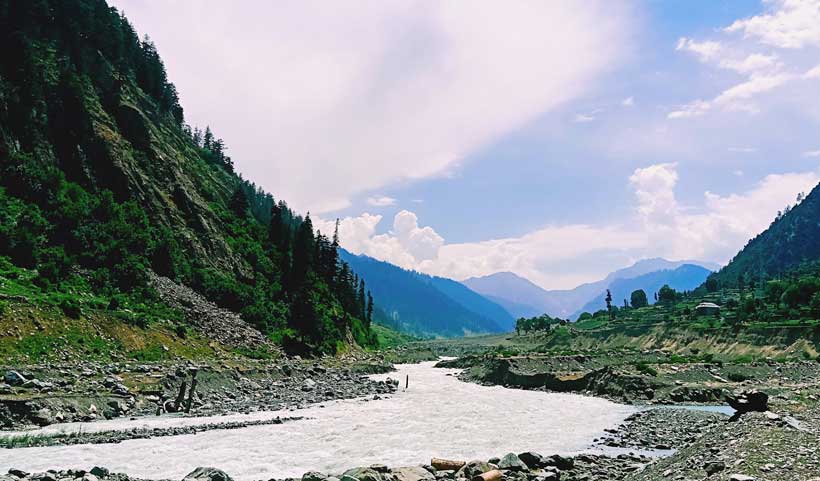In Pakistan, water contamination poses a serious threat to public health despite the vital role that water plays in life support. The primary causes of the deterioration in water quality are the inappropriate release of industrial and municipal wastewaters as well as the careless use of agrochemicals in farming operations. However, reports suggest that by 2025, a considerable fraction of the world’s population—roughly two thirds—will live in countries that suffer from moderate to severe water scarcity. Water is vital to life and should never be tampered with, so the consequences of adulterating it are dire. Pakistan is experiencing a true economic catastrophe rather than merely a physical shortage. The increasing pressures of a growing population are placing an unprecedented strain on the finite supply of freshwater. The combined effects of population growth and climate variability, which lower the quantity and quality of water resources that are simultaneously available, exacerbate this strain even more.
Additionally, drinking clean, safe water is vital to human survival, but it can also be a breeding ground for a variety of diseases, from hepatitis to typhoid. Contamination of water poses a threat to life itself and, if unchecked, can lead to serious health consequences like cancer and heart disease. According to recent assessments, a startling fact is that about 80% of Pakistan’s population suffers from a lack of clean drinking water, and waterborne pollutants have a detrimental effect on health, being responsible for 80% of all illnesses and astounding 30% of deaths. Malnutrition, which disproportionately affects the most vulnerable members of society, especially children, is made worse by the relationship between contaminated drinking water and poor environmental hygiene. This relationship goes beyond the direct risk of illness and creates an environment that is conducive to gastrointestinal disorders.
In Pakistan, untreated industrial, municipal, and agricultural effluents are just one of the many sources of water contamination. The country’s current water supply is not only limited but also characterized by irregular patterns, which exacerbate issues already exacerbated by pollution and weather fluctuations. However, the infiltration of solid and liquid waste from residential and municipal areas, the widespread use of agrochemicals, the presence of fecal microorganisms, and uncontrolled industrial emissions are all contributing factors to the current conciliation of water integrity. Concurrently, growing urbanization and demographic pressures intensify the growing demand for water resources, causing a series of problems that ultimately lead to a serious water deficit. Although there are strong institutional and legal frameworks in place, there is still room for improvement in the effectiveness of implementation. Strengthening the resilience of freshwater reservoirs requires strict enforcement procedures and compliance with regulatory requirements. In order to prevent the irreversible deterioration of the water resources that are currently available, remediation measures must be taken right away to prevent the lands from becoming barren wasteland.
Lastly, Pakistan’s water pollution is clearly caused by human activity, which makes it a serious environmental issue. Therefore, it is essential to take preventative action in order to reduce water pollution and preserve the integrity of our sources of potable water. Also, strengthening the legal frameworks established by the government, reducing the amount of harmful chemicals entering the environment, and improving wastewater treatment practices. It is true that coordinated actions are necessary to reduce water pollution and protect both ecological health and human health. An essential component of promoting socioeconomic development and overall national prosperity is the efficient management of water reservoirs. The preservation and wise use of this essential resource become imperatives for sustainable development, given Pakistan’s heavy reliance on agriculture, on which more than half of the population is directly dependent, and the industrial sector’s precarious need for sufficient water reserves.
